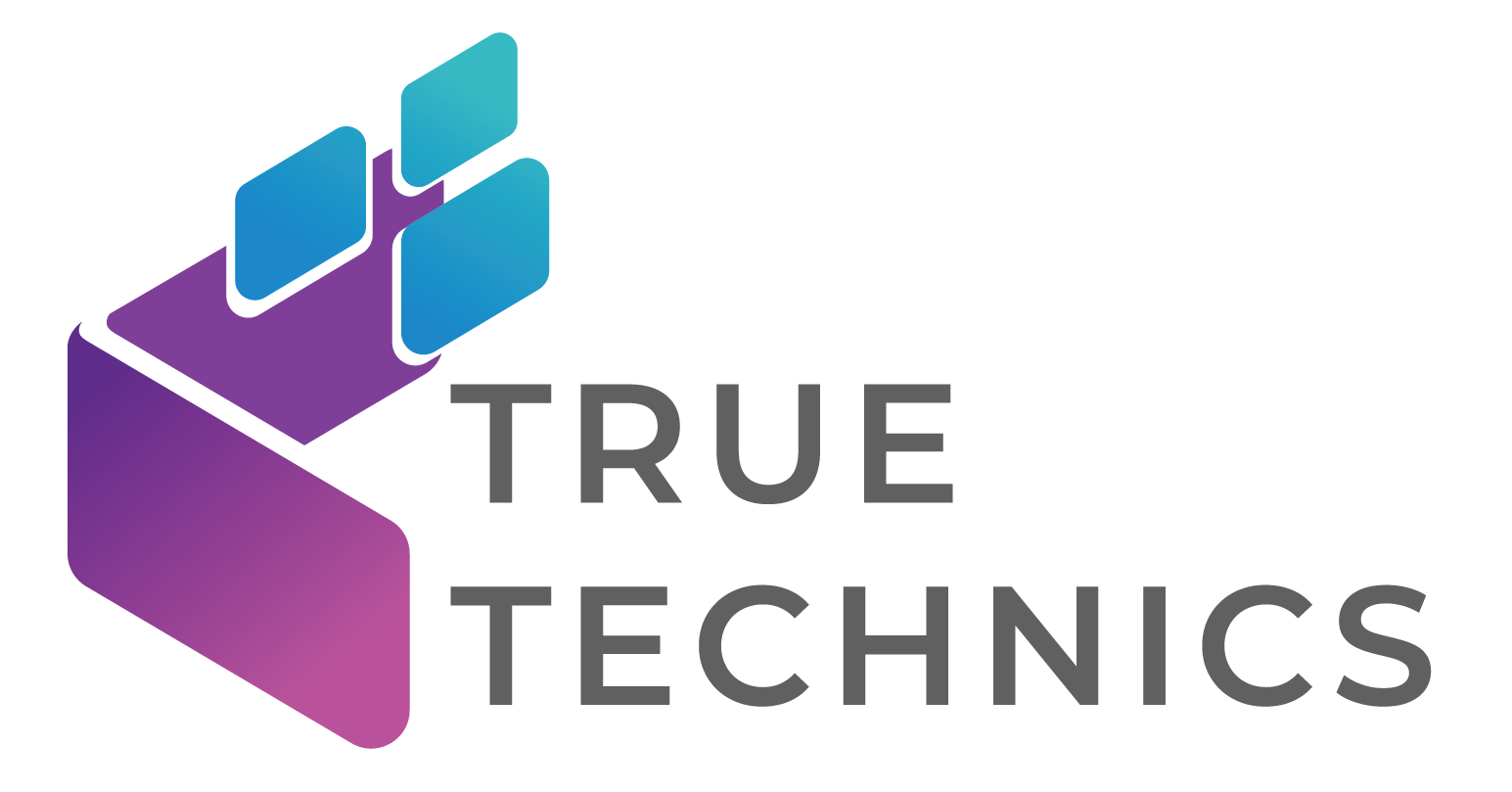Employee Management Software
The rise of remote work has transformed how teams operate. Statistics indicate that 35% of U.S. employees now work remotely full-time. Managing these dispersed teams presents unique challenges. Remote employee management software offers solutions to enhance collaboration and productivity. With these tools, businesses can streamline their processes, maintain team alignment, and meet the demands of a dynamic work environment.
Incorporating the right remote employee management software is no longer optional—it’s essential for maintaining efficiency and ensuring a connected workforce in a rapidly changing business landscape. This article explores how these platforms improve team collaboration through actionable features and smart technologies.
Real-Time Tracking of Employee Activity
Remote management tools provide real-time insights into employee activities. Managers can monitor tasks as they happen, ensuring accountability and timely progress. This instant visibility enables rapid recognition of bottlenecks and effective workflow modifications. Real-time monitoring removes the uncertainty, allowing managers to concentrate on addressing problems rather than wasting time confirming details.
Workers gain from this openness too, as they obtain prompt feedback and assistance during difficulties. Moreover, it promotes a culture of openness, which strengthens the trust between managers and employees in remote environments. This level of openness makes team members feel appreciated and minimizes confusion regarding performance expectations.
Additionally, features like time and attendance tracking simplify the management of work hours, ensuring teams adhere to schedules while reducing administrative overhead for managers.
Analytical Insights for Informed Decision Making
These platforms analyze productivity patterns, offering data-driven insights. Managers can assess performance metrics to make informed decisions about resource allocation and project timelines. For example, data can reveal which tasks consume the most time or which processes need improvement.
Such insights allow leaders to refine operations for maximum efficiency. This analytical approach leads to more strategic planning and optimized team output. Moreover, analytics empower team members by identifying areas where they can develop their skills, fostering a sense of growth and continuous improvement. When shared transparently, these insights can motivate employees to set personal goals that align with team objectives. Some tools also integrate benchmarking capabilities, allowing businesses to compare team performance with industry standards and make adjustments to remain competitive.
Seamless Communication Channels
Integrated communication tools within the software ensure that team members stay connected. Features like instant messaging and video conferencing facilitate clear and continuous interaction, reducing misunderstandings and keeping everyone aligned with project goals.
They also allow teams to collaborate across time zones, creating opportunities for global talent integration.
By providing a centralized communication hub, the software eliminates the fragmentation caused by using multiple tools for different communication needs. This all-in-one system improves team cohesion, regardless of the geographical distance between members. By integrating seamlessly with other business tools like email and calendar platforms, these systems ensure communication stays synchronized with task and project timelines.
Project and Task Management
The software enables the breakdown of projects into manageable tasks, assigning responsibilities to team members. This clarity helps individuals understand their roles and deadlines, promoting accountability and efficient collaboration. It also provides a real-time view of task progress, helping managers stay informed about ongoing projects without micromanaging. Team members can easily track their responsibilities, ensuring they stay aligned with overall project goals.
Additionally, shared dashboards and task boards help teams prioritize work, reduce redundancies, and meet deadlines with greater consistency. The ability to set clear milestones within these tools ensures that larger projects remain on track, even with tight deadlines.Some platforms offer advanced task automation, streamlining repetitive workflows so team members can focus on high-value activities.
Automated Reports and Notifications
Automated reporting features keep everyone informed about project progress and individual performance. Notifications alert team members to upcoming deadlines or required actions, ensuring that tasks are completed on time and that the team remains proactive.
These automated systems reduce the need for constant check-ins, freeing up time for both managers and employees. Reports can also highlight trends over time, providing insights that help leaders refine their approach.
For teams managing multiple projects, automated updates ensure nothing falls through the cracks, maintaining momentum across all initiatives. These features also enhance accountability, as both managers and employees have a clear record of responsibilities and achievements.
Security and Data Protection
Robust security measures within the software protect sensitive information. Features like data encryption and secure access controls ensure that only authorized personnel can access confidential data, fostering trust and compliance within the team.
This level of security is especially crucial when handling intellectual property, client data, or financial records. Beyond protection, these measures also meet compliance standards, helping organizations avoid legal or reputational risks. By centralizing data within a secure platform, companies reduce vulnerabilities associated with scattered or outdated systems.
These tools also provide audit logs, which help organizations maintain compliance and review access history if necessary. Cloud-based security ensures teams can access necessary resources from anywhere, without compromising sensitive information.
Conclusion
Implementing remote employee management software addresses the challenges of managing dispersed teams. By leveraging real-time tracking, analytical insights, integrated communication, structured task management, automated reporting, and strong security measures, teams can achieve enhanced collaboration and productivity in a remote work environment.
As the workplace continues to evolve, these tools provide teams with the resources needed to stay competitive and connected. Businesses that invest in such software will not only enhance collaboration but also build a more resilient and agile workforce. Scalable features ensure these solutions can grow alongside the business, making them a long-term investment for any organization embracing remote work


